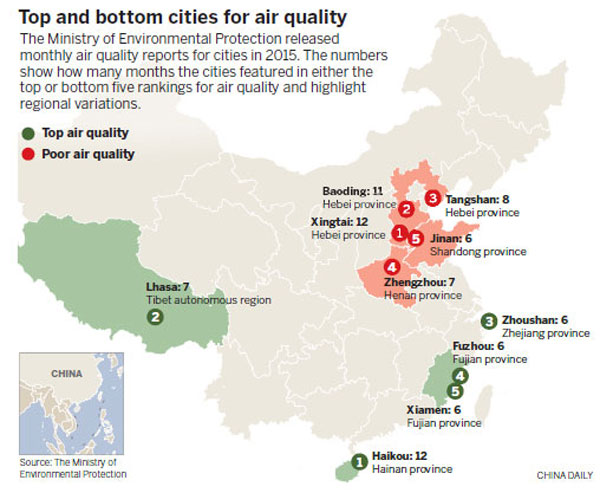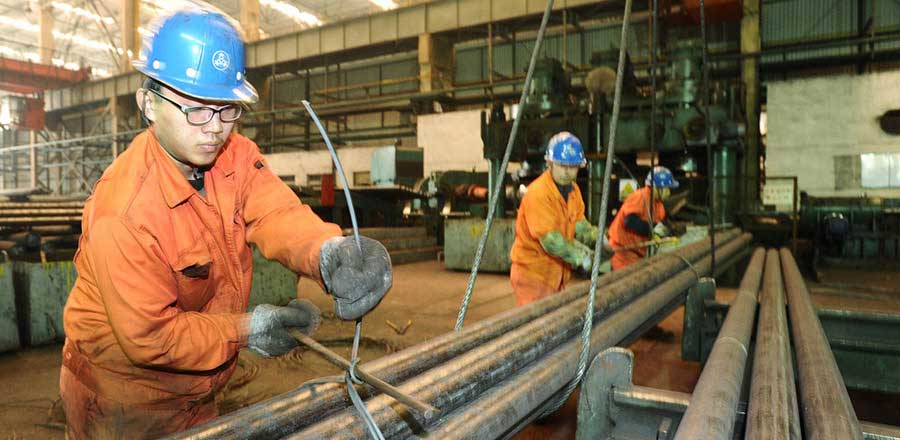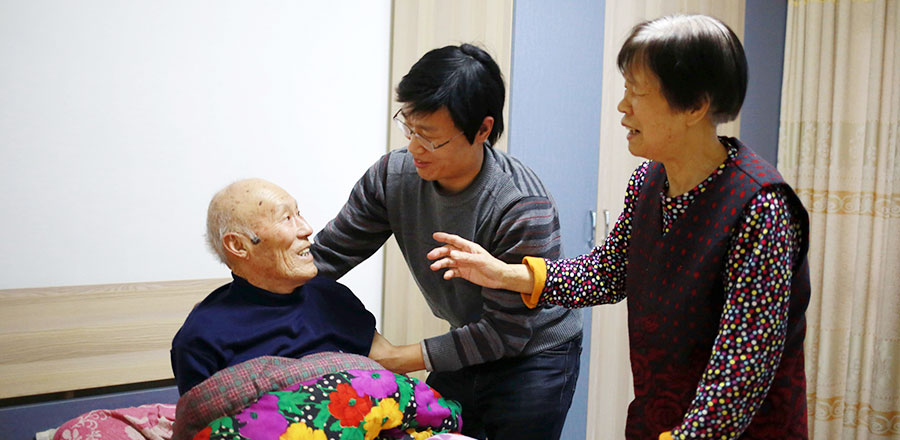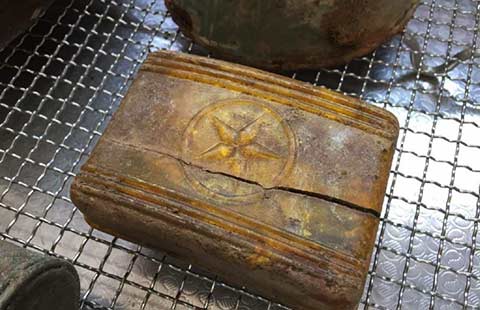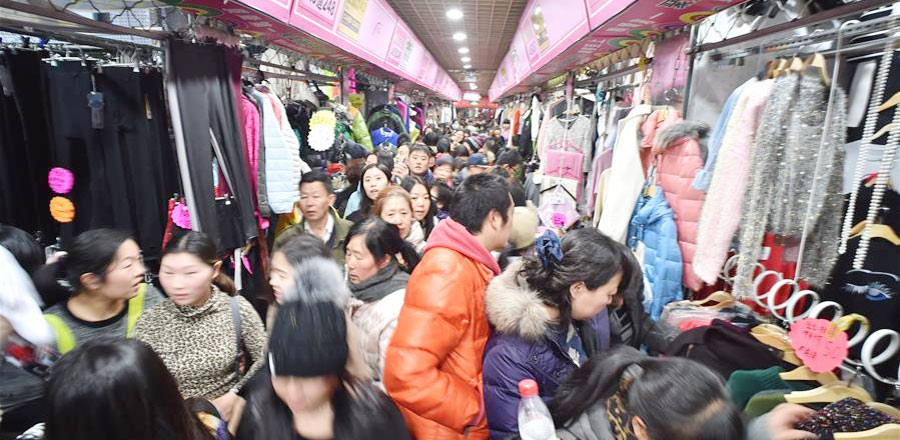
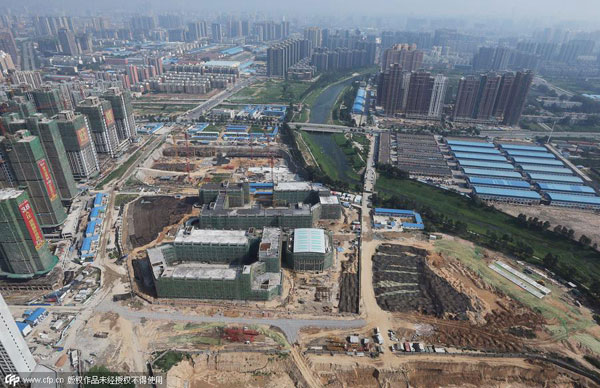 |
|
A bird's-eye view of Zhengzhou city, Central China's Henan province, which is seeing an increase in air pollution due to the large-scale construction the city is undergoing, July 29, 2015. [Photo/VCG] |
Many cities across the country have taken bonus and penalty schemes in the fight against air pollution after the central government set binding targets on pollution control in the five-year plan by 2020.
The central government has said that the number of days of good air quality in major cities must be more than 80 percent per year by 2020. The concentration of PM2.5 - particulate matter with a diameter of less than 2.5 microns - should be reduced by 18 percent.
Zhengzhou, capital of Central China's Henan province and one of the most polluted cities, plans to cut PM2.5 and PM10 particles per cubic meter to 79 and 150 micrograms, separately, from 85 and 157 micrograms last year.
To fulfill this year's goal, Zhengzhou put a price tag of 500,000 yuan ($77,000) for 1 microgram of PM2.5 - hazardous particulate matter that can enter the blood stream – on Friday, business newspaper National Business Daily reported.
Cities and counties under Zhengzhou's administration will be offered a bonus of 500,000 yuan for the additional cut of one microgram per cubic meter and a fine of 500,000 yuan as a penalty for surpassing the desired target.
The bonus and penalty scheme will better allocate the fund used for pollution control and give pressure on local governments to take measures to fight against air pollution, said Ma Jun, director of the Institute of Public & Environmental Affairs, a non-government environmental protection organization.
Earlier in 2014, East China's Shandong province piloted the bonus and penalty scheme to urge its cities to fulfill air pollution control targets. The price tag for 1 microgram of air pollutants was 200,000 yuan. It was doubled to 400,000 yuan in December.
Central China's Hubei province also adopted a similar bonus and penalty scheme by the end of last year, and set the price tag for 1 microgram of PM2.5/PM10 at 300,000 yuan.
Hebei province in North China, Jiangsu province in East China and Guizhou in Southwest China also took similar action recently in the fight against air pollution.
Ma said that more places in the country could learn from Shandong's experience in reducing air pollution.
The country has set the annual safe level of PM10 and PM2.5 particles at 70 and 35 micrograms, respectively.
